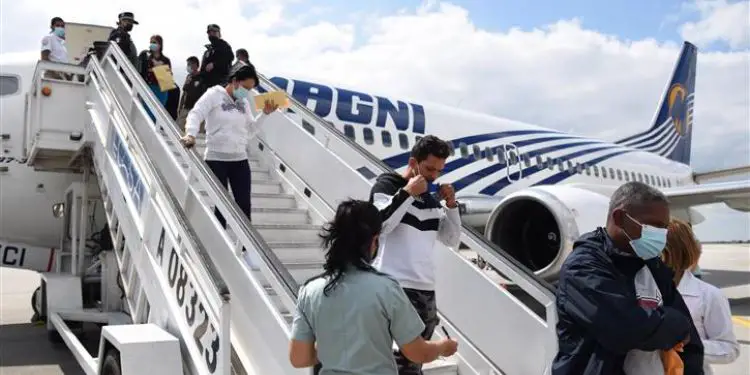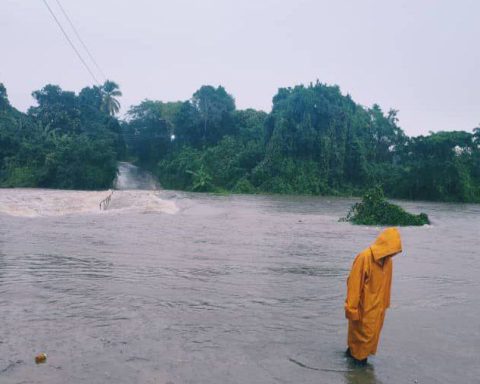CDMX, Mexico. – At the end of 2021, with the borders already open and the free visa to Nicaragua, Cuban migration to Mexico skyrocketed. Parallel to this, the Aztec nation made the decision to deport the island’s nationals who were irregularly in Mexico.
2022 was the year that more Cuban migrants were deported from the Aztec country. Unlike previous years, and ending a tradition of not returning them to the largest of the Antilles, little by little the numbers of deported Cubans began to increase.
On average, Mexico returned 13 island nationals per day, which means that 5,003 Cubans were returned throughout the year, 4,224 more than in 2021.
Despite the fact that deportations were six times those of the previous year, the Mexican authorities deported barely one eighth of the Cubans who were caught crossing the territory to reach the United States. In the 12 months, 41,475 of them were arrested.
In the following graph, it can be seen that December, with 867 deportations, was the highest period of 2022 in this area. Coincidentally, this was the month before the United States Government announced he parole humanitarian and the change in border policy. September, with 599 returned Cubans, ranks second; while the third place is for April, with 494.
The Government of Mexico has three categories to group migrants who return to their countries of origin: events of deportation, assisted return and assisted return of children or adolescents. In the case of Cuba, 142 minors were returned under assisted return.
According to data from Mexico, 2,973 people from the Island, 59.4%, requested an assisted return to their country, while 37.73% were deported.
the arrests
The Government of Mexico calls the detentions of migrants “presented” and “channeled.” In the figure of “presented” are those people who will remain in the immigration stations.
On the other hand, as “channeled people” are located vulnerable groups: elderly migrants, individuals with children and adolescents, minors alone, or people with some disability. These are sent to facilities of the System for the Integral Development of the Family (DIF).
The months of March and April 2022 show a greater number of arrests. The rest of the year it stayed between 2,000 and 3,500 per month.
In total, 30,439 Cubans were transferred to stations to resolve their immigration status last year. Of these, 11 36 were channeled. If the number of Cubans detained in Mexico (41,475) is compared with those returned to Cuba (5,003), only 12% of those detained have been returned.
According to data released by the Government of Mexico, the largest number of arrests occurred in Chiapas, a state bordering Guatemala, with 4,642. The state of Baja California, bordering the United States, and famous for the city of Tijuana, occupied the second place with 4616 people taken before the authorities. Coahuila and Nuevo León, also states that border the United States, similarly registered high numbers of arrests.

















